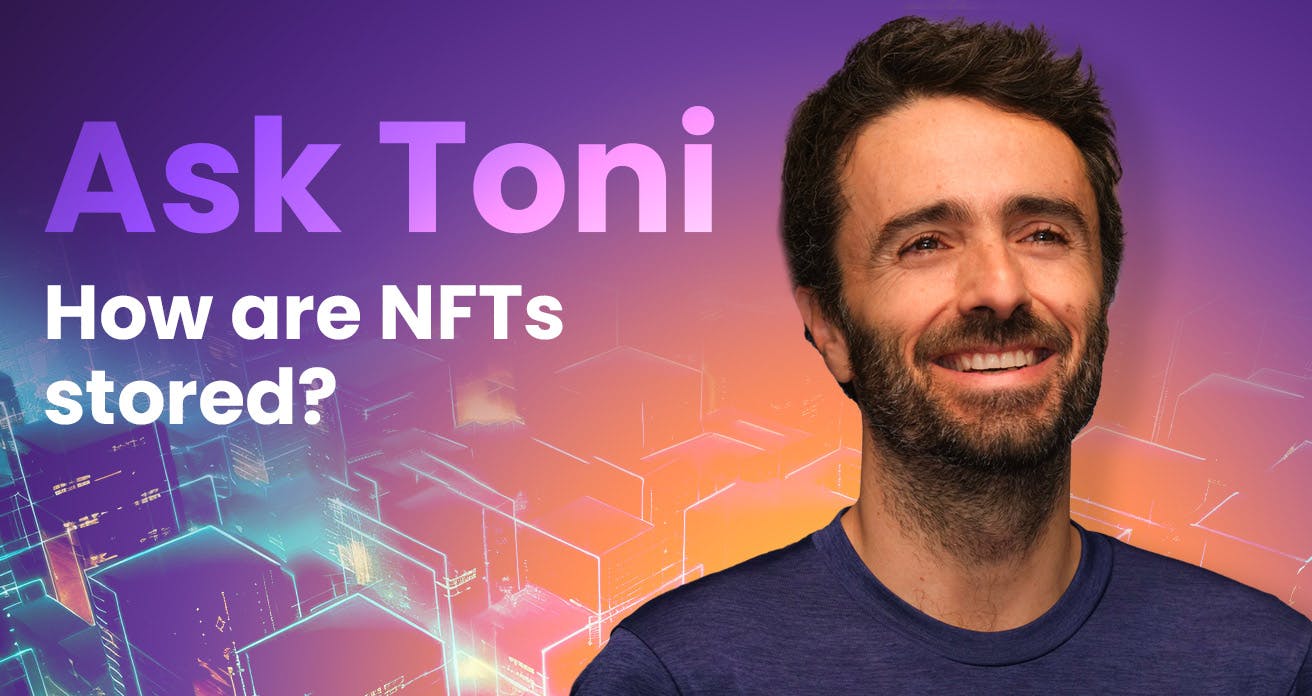Blog

The World of NFTs: Storing Digital Assets and Ensuring Ownership
In the ever-evolving world of digital assets and blockchain technology, Non-Fungible Tokens (NFTs) have become a prominent topic of discussion. These unique tokens represent ownership of digital or physical assets in a digital form. From digital art and collectibles to virtual real estate and beyond, NFTs have opened up new avenues for ownership and investment. However, as the NFT space continues to grow, questions about storage, ownership, and user protection have come to the forefront.
NFT Storage: Who Holds the Key?
One of the primary attractions of NFTs is their uniqueness and the ability to represent ownership of digital assets securely on the blockchain. However, the question of ownership can become more complex when it comes to certain types of NFTs, especially those linked to external data sources.
Cryptocurrencies vs. NFTs
In the realm of cryptocurrencies like Bitcoin, ownership is relatively straightforward. When a Bitcoin is transferred from one user to another, it's recorded on the blockchain, and anyone can verify the transaction. Users are the sole custodians of their assets, and they are responsible for their private keys, which control those assets.
NFTs, especially dynamic ones, work a bit differently. The blockchain shows who owns an asset and some basic info about it. But dynamic NFTs often use other sources, like private servers, to give the full experience of the asset. This means that the custodianship of the asset may not solely reside with the user who owns it.
The Implications for NFT Ownership
This situation raises crucial questions about who truly owns NFTs and where the responsibility lies in case of a breach or bankruptcy. While users are typically content with the end product, legislation, and legal entities are increasingly taking an interest in the intricate infrastructure behind NFTs.
A recent lawsuit filed against Knapper Labs and NBA Topshots, pioneers in the NFT space, has brought these questions into the spotlight. The lawsuit challenges whether certain NFTs should be considered securities. This implies that, on a deeper level, the ownership of these NFTs isn't solely in the hands of the users. Instead, it's tied to the infrastructure, marketplace, and data controlled by a single company.
In recent times, the NFT landscape witnessed significant developments, notably with the U.S. Securities and Exchange Commission (SEC) scrutinizing two large-scale NFT projects. These high-profile projects - one from Impact Theory and the other Stoner Cats , created by celebrity Mila Kunis, have come under regulatory scrutiny. They were ruled as "unregistered offerings of crypto asset securities".
These rulings have sparked discussions about the legal implications of using NFT technology for investments. These regulatory outcomes have the upside of creating distinction and clarity around the way that NFT are used. They underscore the importance of differentiating between NFTs for investment purposes and NFTs for utility. With an increasing understanding of the distinction between the two, brands and games can have more confidence when utilizing web3 tools for marketing and business purposes.
The Need for Full Decentralization
The evolving landscape of NFTs is prompting a call for full decentralization, where the blockchain becomes the primary source of information and assets. In a fully decentralized setup, users would have complete control over their assets, and external factors like private servers would no longer hold the keys to the asset's fate. However, achieving full decentralization is no small task and involves overcoming technical challenges.
The evolving landscape of NFTs is prompting a call for full decentralization, where the blockchain becomes the primary source of information and assets. In a fully decentralized setup, users would have complete control over their assets, and external factors like private servers would no longer hold the keys to the asset's fate. At Freeverse, we're focused on full decentralization for the storage of evolving properties. For now, we offer a viable solution through the use of our Layer 2.
Legislation's Role in Ensuring Safe NFT Ownership
As these issues come to the forefront, it becomes evident that legislation has a significant role to play in ensuring the safety and security of NFT ownership. While users primarily seek functionality and beauty in NFTs, it's crucial for regulatory bodies to focus on the underlying infrastructure to guarantee the integrity of digital ownership.
In conclusion, the world of NFTs is evolving rapidly. While users often enjoy the immediate benefits of these assets, it's essential to consider the intricate systems behind them and the potential risks they may pose. As we navigate this complex space, ensuring that blockchain-based promises are fulfilled is essential for the long-term success and security of NFT ownership.

